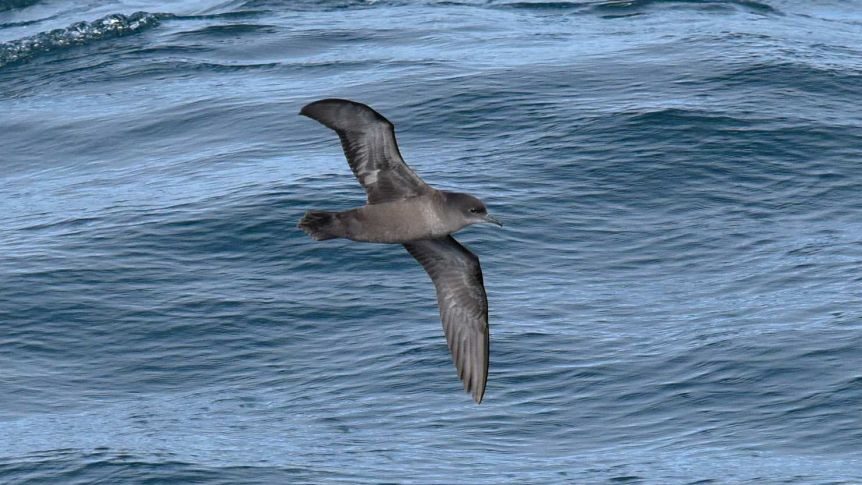
The short-tailed shearwater, or mutton bird, is one of Australia's most common and hardy birds.
Each year the birds clock up more than 32,000 kilometres, following the warm weather between the northern and southern hemispheres as they chase an "eternal summer".
Known for their endurance and accuracy, the birds usually arrive along Victoria's south-east coast to breed within 48 hours of September 22.
But last year only half of the 40,000-strong colony at Port Fairy's Griffiths Island turned up.
This year the island's bird count remains at zero more than a week after they were expected to arrive.
History repeating?
Birdlife Warrnambool president Peter Barrand raised the alarm 12 months ago when Griffiths Island's normally punctual population arrived weeks late.
Those that did turn up were emaciated and exhausted.
"It was a disaster last year, and this year again they've failed to turn up on time," Mr Barrand said.
Between 15,000 and 20,000 birds eventually arrived in Port Fairy, but the breeding rate among those birds was worryingly low.
Bird watchers in the northern hemisphere reported large-scale die-offs around Alaska, where the birds went to feed over the Australian winter.
"Their instincts said, 'You have to come back to Griffiths Island to breed', so they used every bit of their strength to do it," Mr Barrand said.
"A lot of the birds that were eventually picked up dead had died of blunt force trauma by crash-landing when they got here, breaking their necks."
While a handful of birds had been seen at Mutton Bird Island, about 100 kilometres south-west of Port Fairy, Mr Barrand was not holding out hope for Griffiths Island's population.
"Reports from the northern hemisphere indicate that the die-offs continue but they aren't as severe as the past couple years, which is good," he said.
"There's still a lot of concern up there though, because the dead birds they're picking up is over a really wide area."
Biggest colony still strong
Griffiths Island's colony pales in comparison to the amount of birds that return to Phillip Island each year.
About 1.4 million breeding short-tailed shearwaters converge on the island every spring, however their experiences of the past two years has mirrored those in Port Fairy.
The colony was slow to return last season, but when they did show up they showed up in full.
But they are yet to return this year.
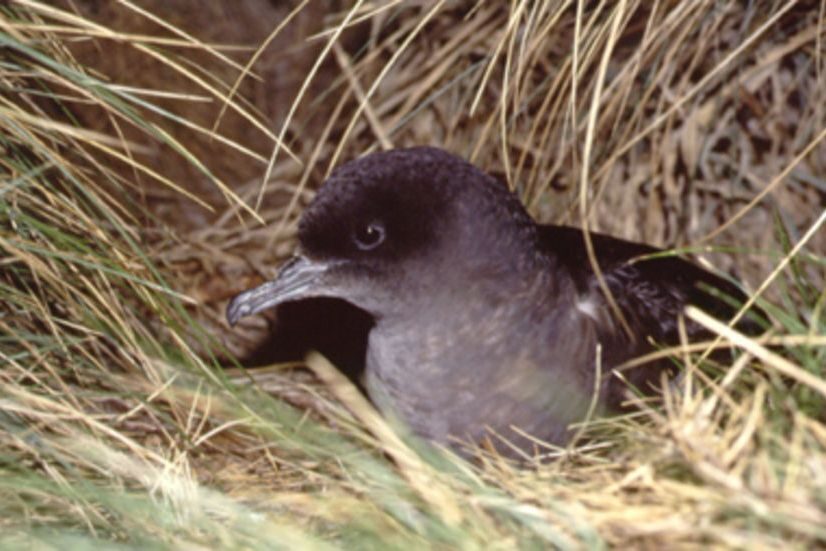
Only 5 per cent of the breeding population arrived within a fortnight of their usual time last year.
But, unlike at Griffiths Island, the entire population eventually arrived and a blockbuster breeding season ensued.
While a similar occurrence seems to be unfolding this year, Dr Sutherland warned against becoming complacent.
"Even though they are numerous, they're really susceptible in my view," he said.
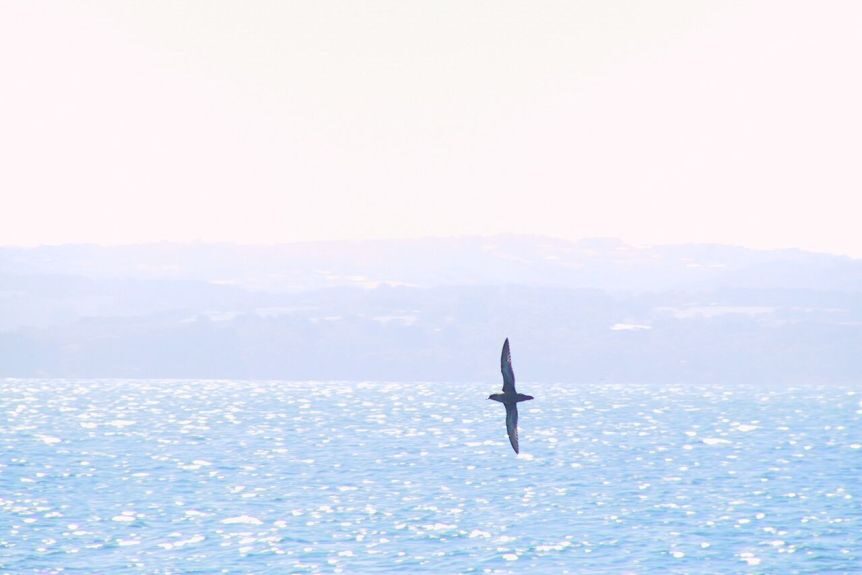
Dr Sutherland answers that question in one word: yes.
He points to the extinction of the north American passenger pigeon as a cautionary tale.
"It was so numerous there were clouds of birds that would last for days as they flocked across the continent there," he said.
"They're now an extinct species — being numerous doesn't make you immune from extinction."
As to whether the short-tailed shearwater could face a similar fate in the near future, Dr Sutherland was circumspect.
"If they don't have enough energy to make those migrations, then they are susceptible to having a mass failure of breeding," he said.
"With climate change and the susceptibility that this species might have — that could have profound effects on the breeding population of the short-tailed shearwater.
"If we have enough of those it's certainly possible that we could see this species either decline or head towards extinction, which is a serious concern for the species, and all of the ecological functions and services that it provides for marine and terrestrial life."
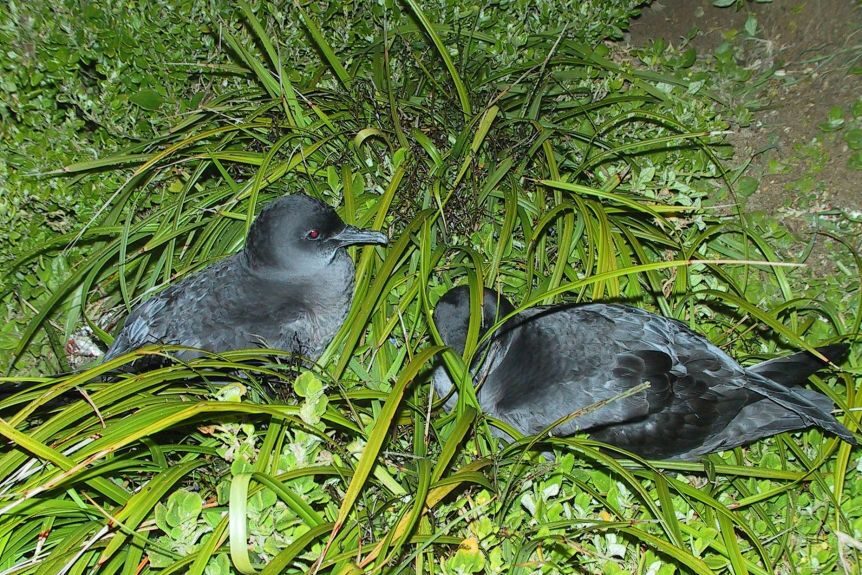
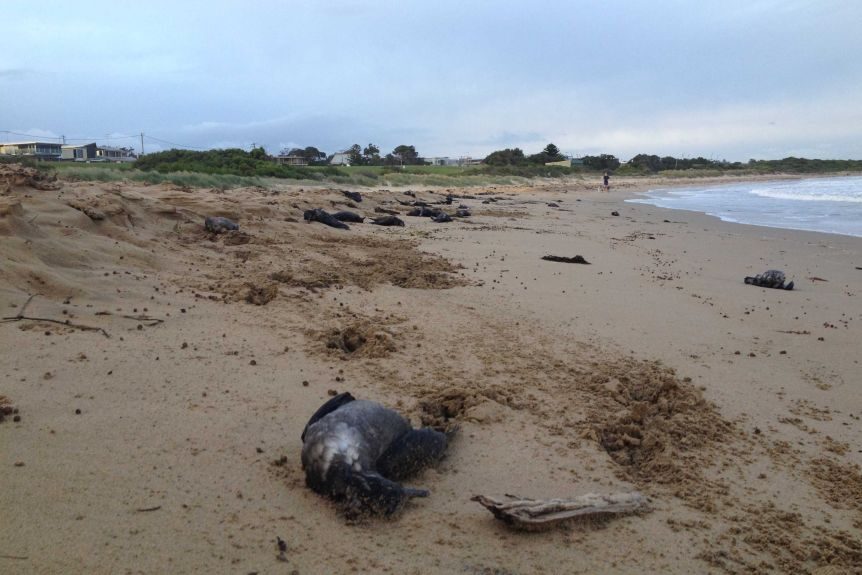
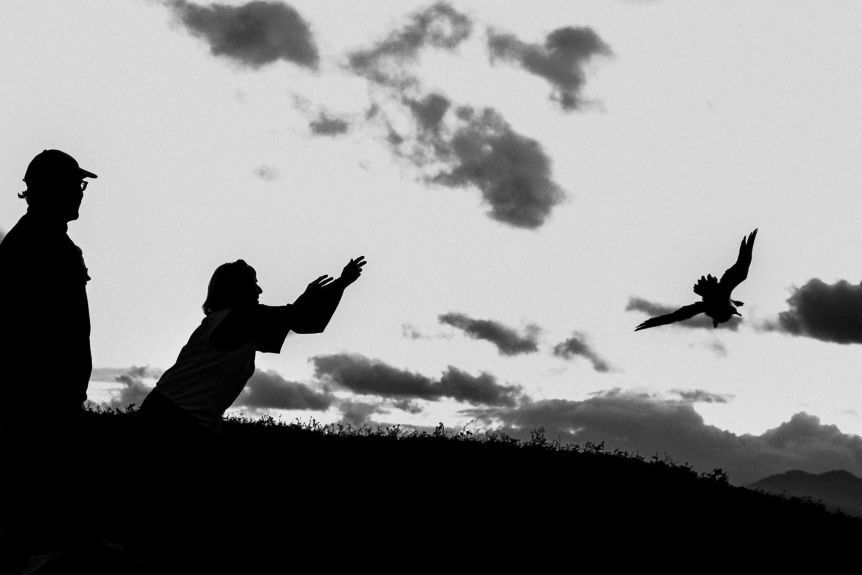



R.C.